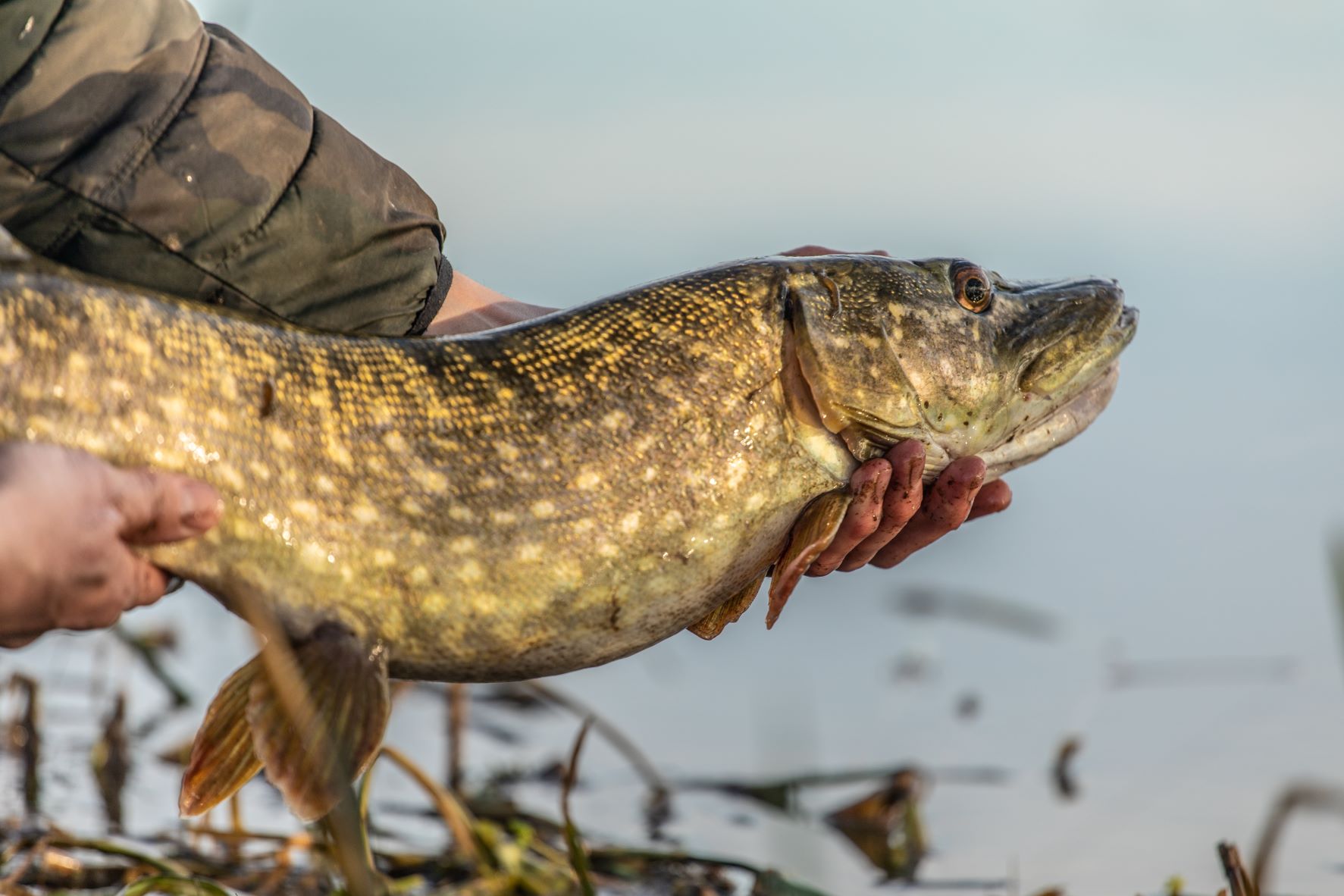How to Get the Most Out of Fishing Photos - With Amanda Hook

If you are an angler that is just getting into photography and you are not sure what camera lens you need to use and when for capturing all the nature and catches at the bankside, then this how-to guide is going to be for you!
In this AD Quick bite guide, our photographer Amanda Hook explains what lens will create the best shot, in a variety of situations. If you are looking to get into photography, these simple guidelines are well worth making note of.
1) 24-70 Lens: A Good All-Rounder
A lens you can you for most shots when at the bankside. Amanda uses this camera lens as it gives a little bit of wide and zoom, so it's ideal for boat fishing shots so you don’t have to take too many lenses.
Amanda loves the 24-70 lens as it has a macro function, meaning it has the ability to work with very short focusing distances, taking sharp images of very small subjects such as fishing bobbins, pop up baits and more!


2) 16-35 Lens: Ultra-Wide
This ultra wide camera lens is perfect for landscape photography! Whether its capturing the sunset on the lake or for vlogging if you want to record a fishing video when out on the bankside.
Amanda suggests adding a circular polarised filter onto this ultra wide lens as this helps to take any glare off of the water.


3) 70-200 Lens: Up Close
A great camera lens for wildlife photography, the 70-200 camera lens allows you to zoom up onto birds you see when at the bankside such as robbins, or a kingfisher. Amanda uses this lens for portrait photography as this lens offers a great depth of field.


4) Fixed 50 Lens: Portrait Photography
Amanda’s favourite lens, this camera lens is made for those portrait photos such as the prized catch shots! This lens has a low depth of field so you can create blurry, artistic backgrounds making you and your fish the highlight of any photo!
The Fixed 50 lens is very compact, ideal if you want to wonder the bankside with less gear and something small attached to your camera.


5) 150-600 Lens: Wildlife Photography
This camera lens is perfect for wildlife shots amongst the foliage or on the water as it's able to capture these green in the middle of the lake perfectly. This lens gets you ultra-close to the wildlife for shots such as carp coming up to the surface of the water which Amanda captured herself! See this image below.

